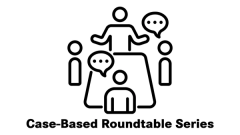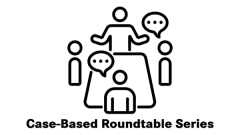
Using and Sequencing EGFR Exon 20-Targeted Therapies for NSCLC
Xiuning Le, MD, PhD, discusses counseling patients on the use of amivantamab-vmjw and mobocertinib and the sequencing of these drugs for patients with non–small cell lung cancer and an EGFR exon 20 insertion.
Episodes in this series

Xiuning Le, MD, PhD, assistant professor in the department of thoracic/head and neck medical oncology at The University of Texas MD Anderson Cancer Center, discusses counseling patients on the use of amivantamab-vmjw (Rybrevant) and mobocertinib (Exkivity) and the sequencing of these drugs for patients with non–small cell lung cancer (NSCLC) and an EGFR exon 20 insertion.
Both of these agents are approved by the FDA as second-line therapy following disease progression during or after receiving platinum-based chemotherapy for NSCLC for patients with an EGFR exon 20 insertion mutation. Le says that amivantamab and mobocertinib can be used in very similar settings based on discussions with the patient. Amivantamab is administered as an intravenous (IV) therapy while mobocertinib is an oral agent, which may affect patient preference.
Since amivantamab and mobocertinib have different mechanisms of action, it is likely that they can offer benefit in sequence if patients have disease progression after receiving either of the targeted agents in the second line. Amivantamab is a bispecific antibody that targets EGFR and MET, while mobocertinib is a small molecule EGFR tyrosine kinase inhibitor.
Using both agents sequentially following frontline chemotherapy can offer the most disease control for patients whose NSCLC recurs or does not respond to treatment.
TRANSCRIPTION:
0:08 | I discuss both of the drugs [with patients], because if you look at FDA approval, both of the drugs are approved for EGFR exon 20 insertion lung cancer after the patient has been exposed to chemotherapy, or the patient can't tolerate the chemotherapy, so in very similar settings. Each of the patients will have their own ideas of IV versus oral medication, how important they view certain parameters on efficacy....I do tell my patients, though, because the 2 medications work so differently, [and] 1 is IV, 1 is oral, so that if the tumor progressed on 1 drug, we can potentially try the other. The resistance mechanisms probably have very little overlapping. Again, it's a good thing that we have more than 1 option that we can probably sequentially use them to give our patients the maximal time that have disease control.


















































